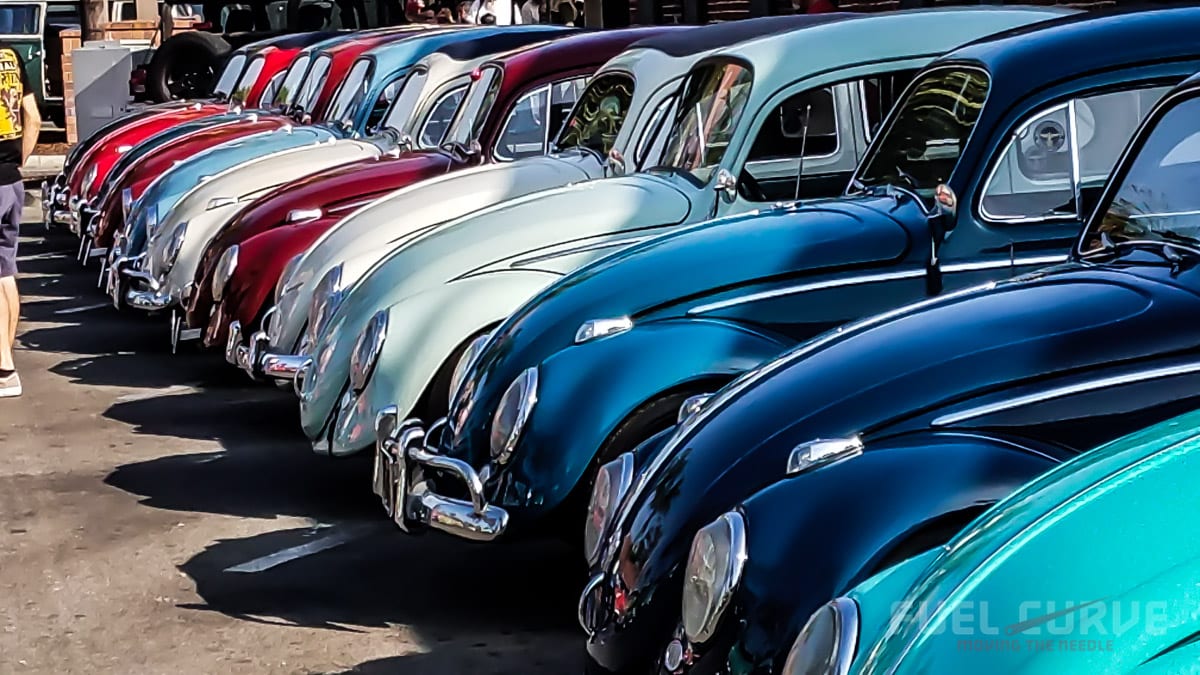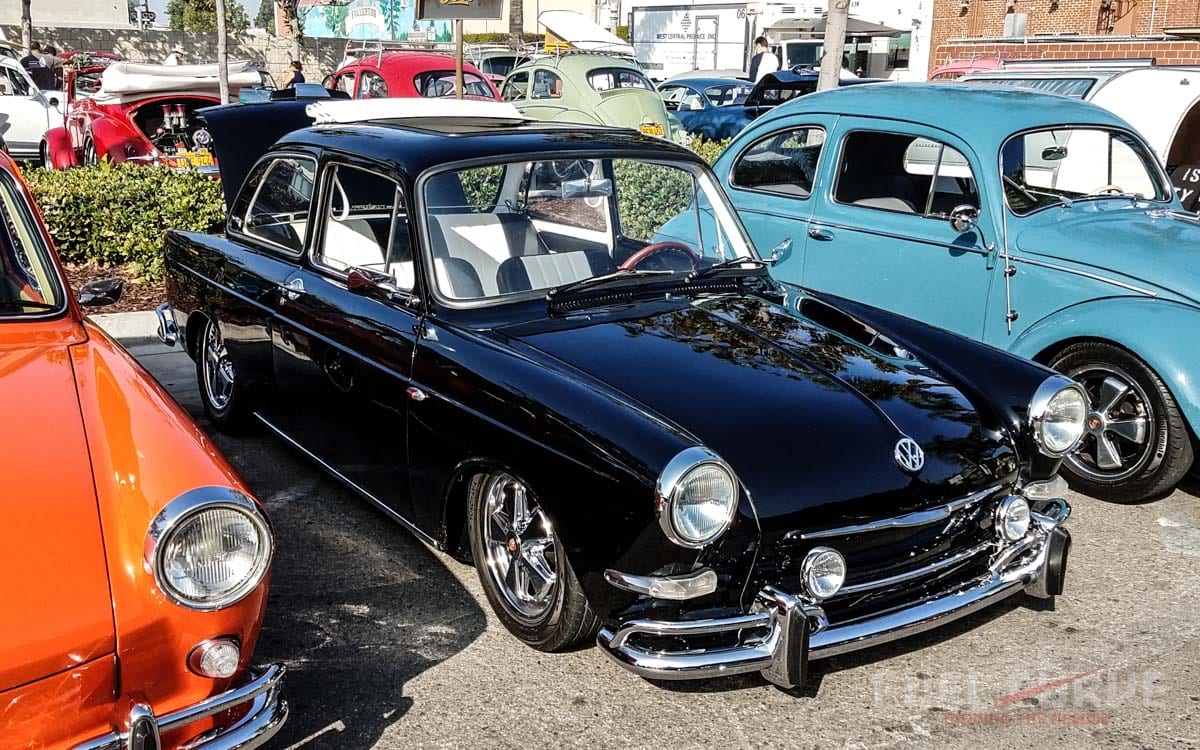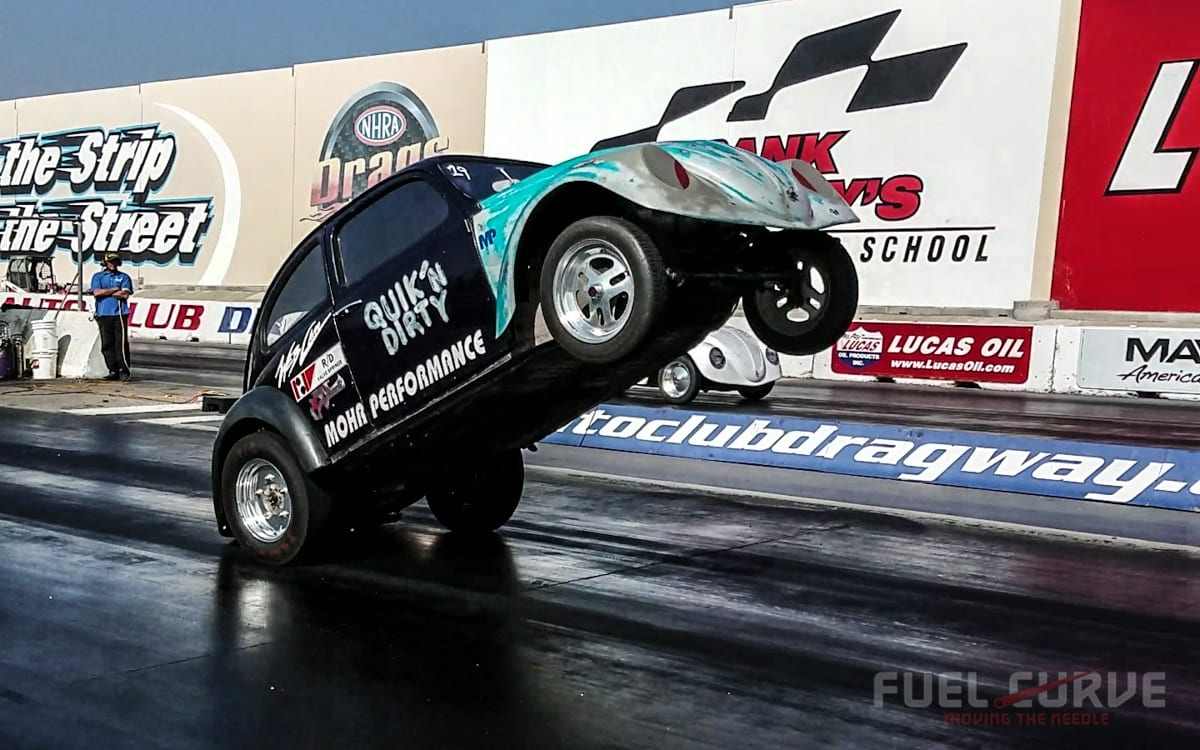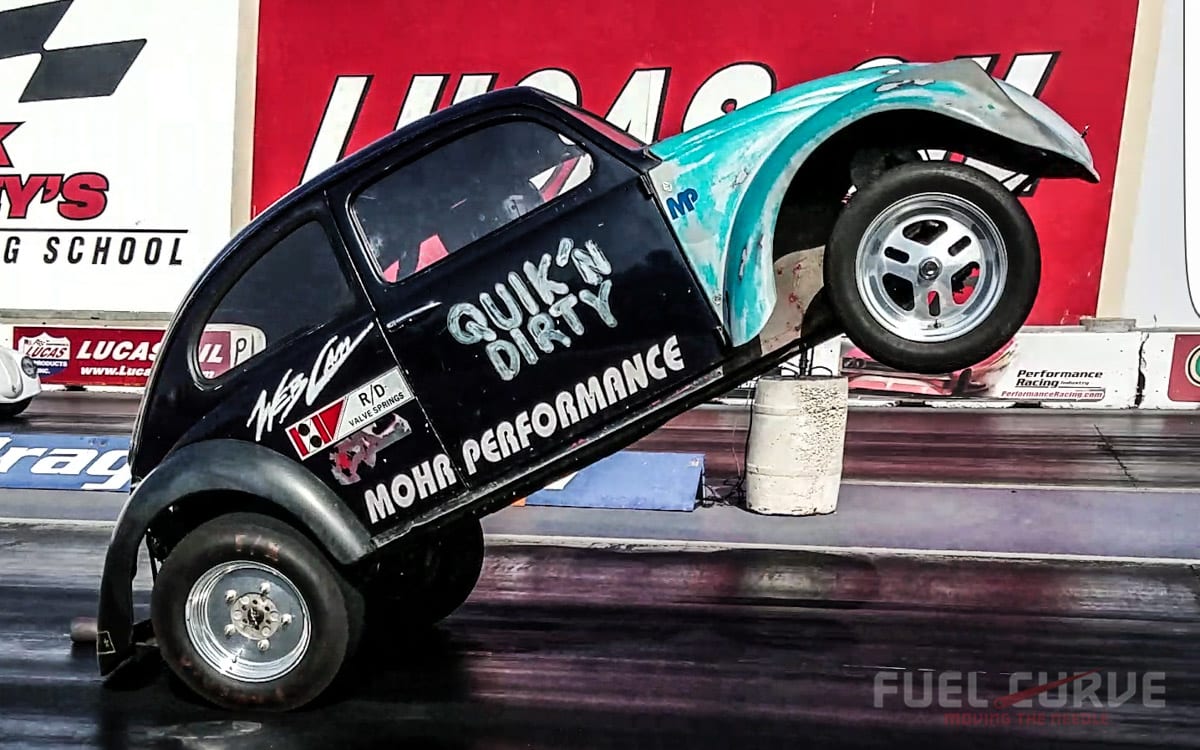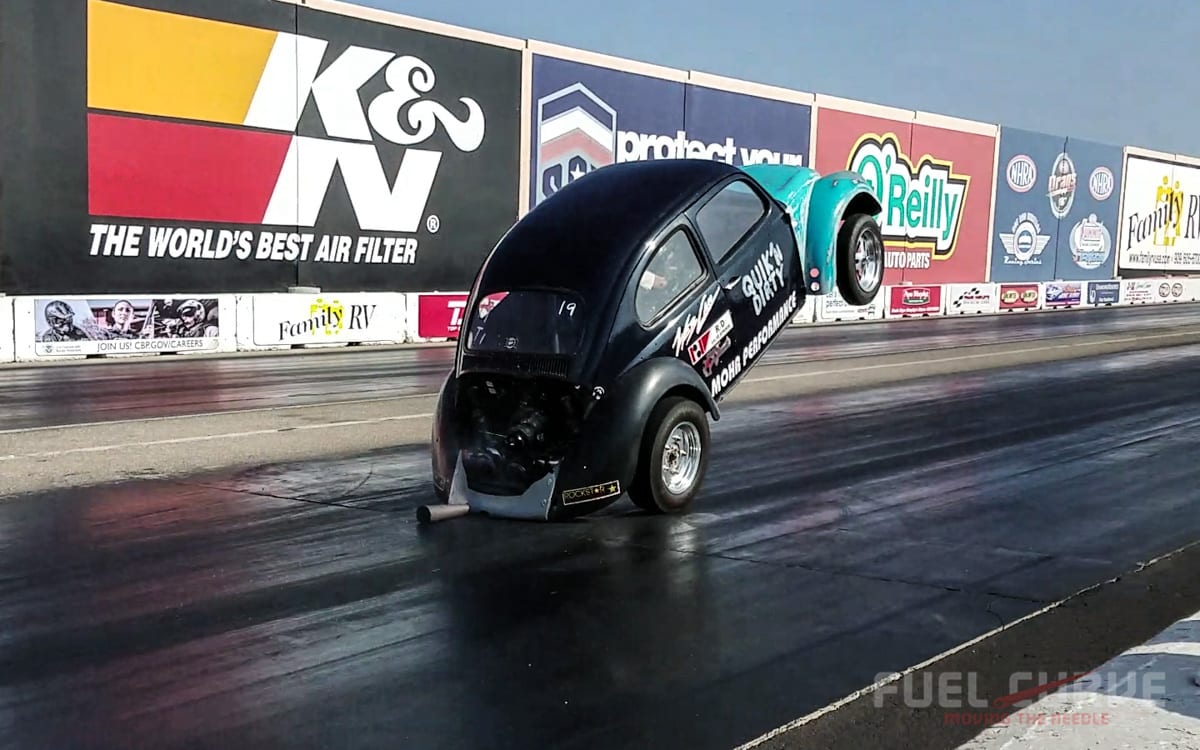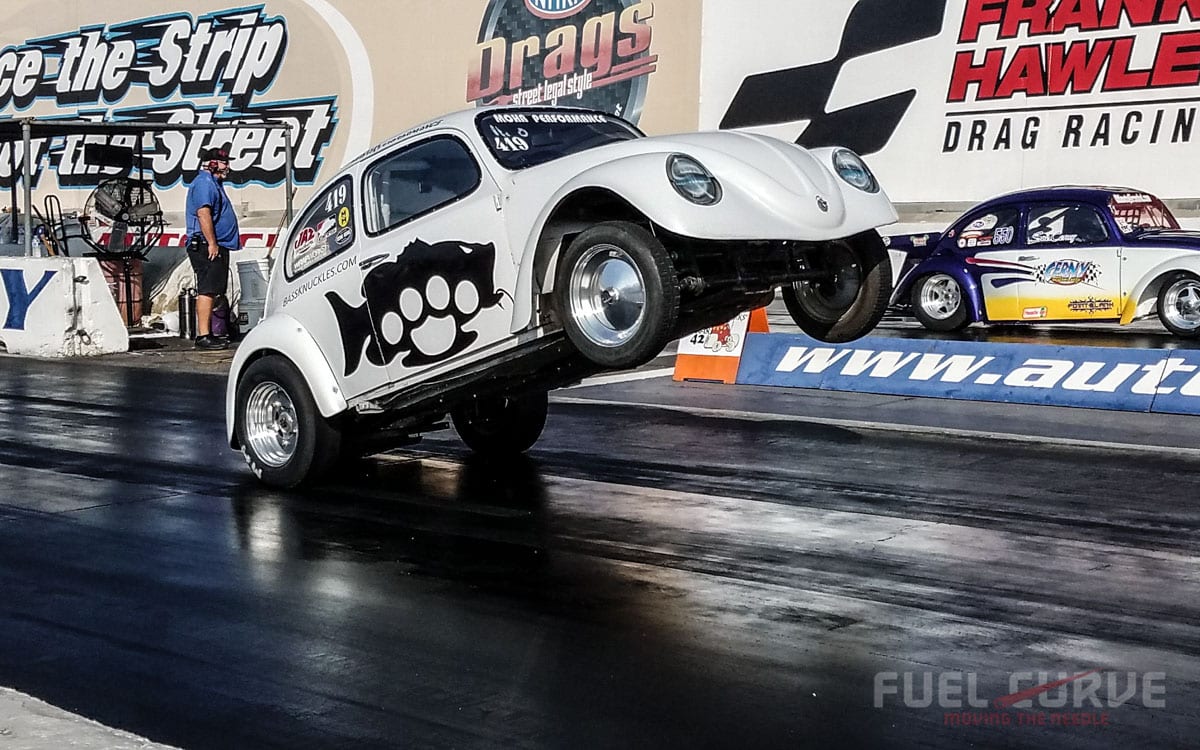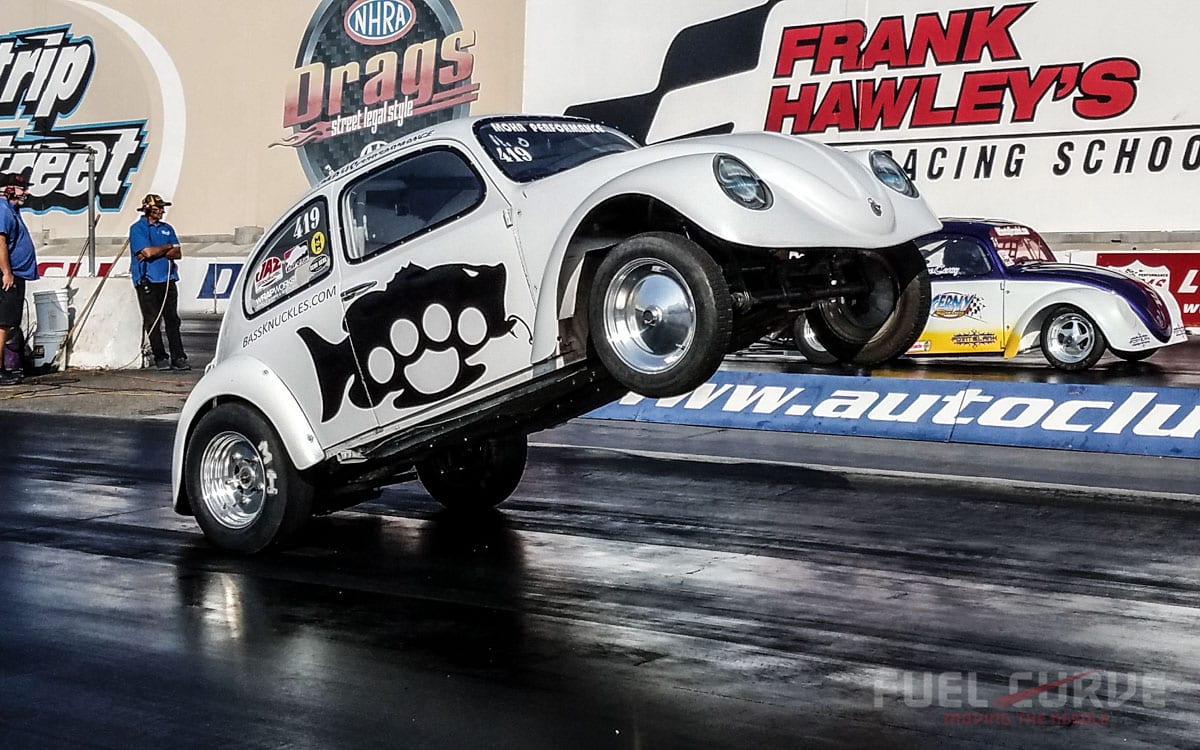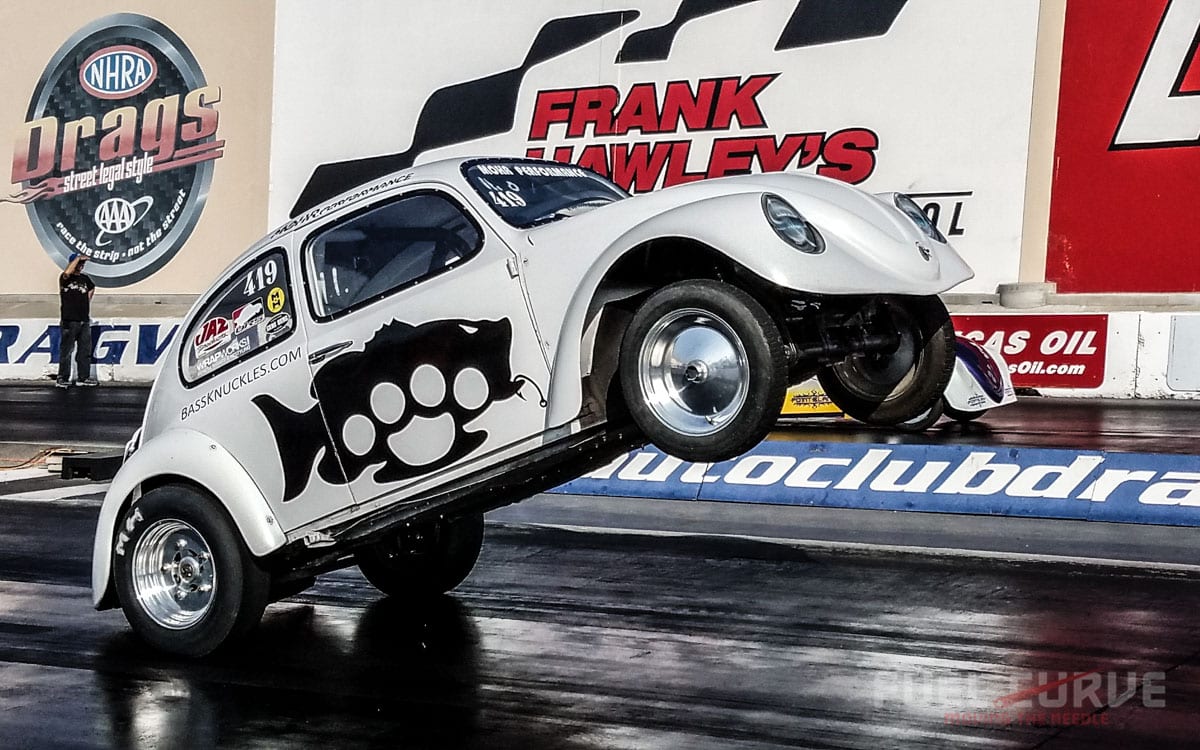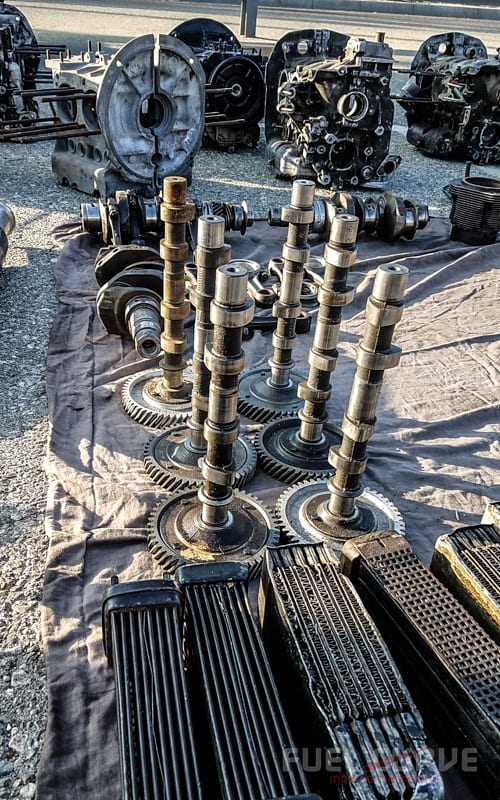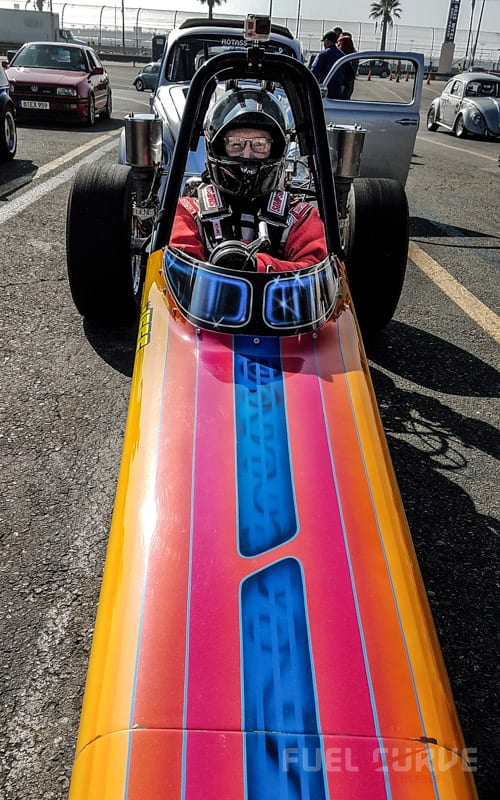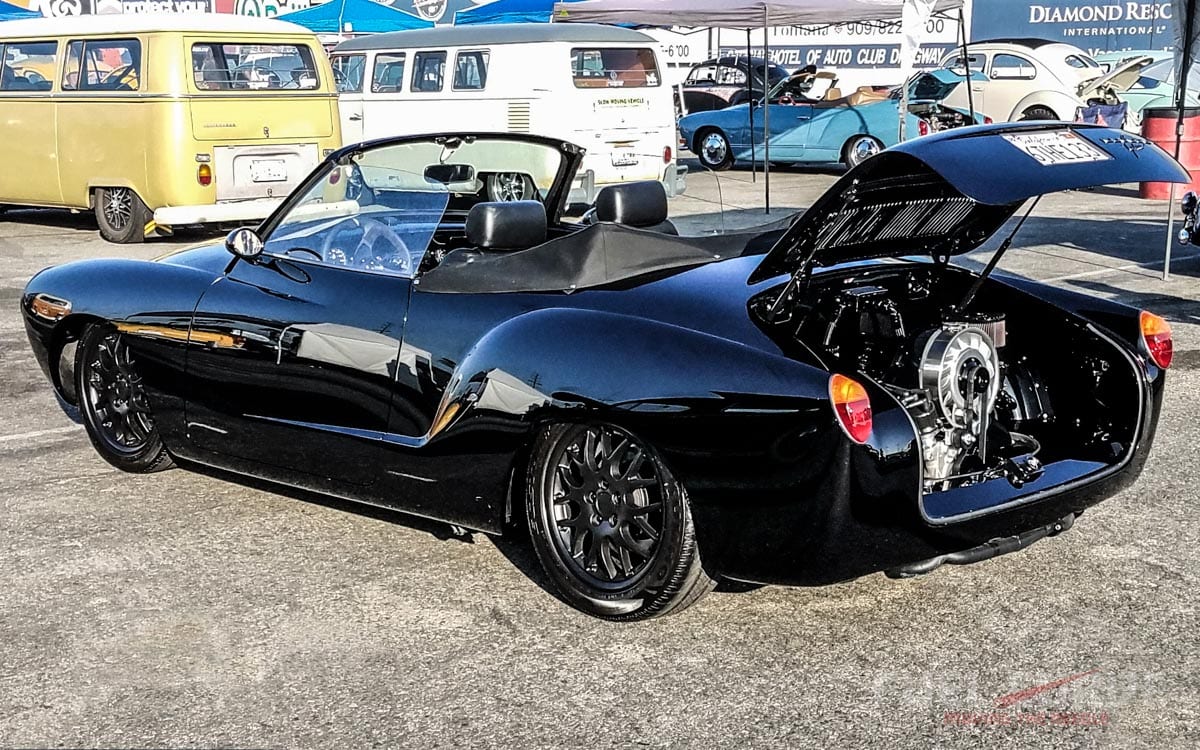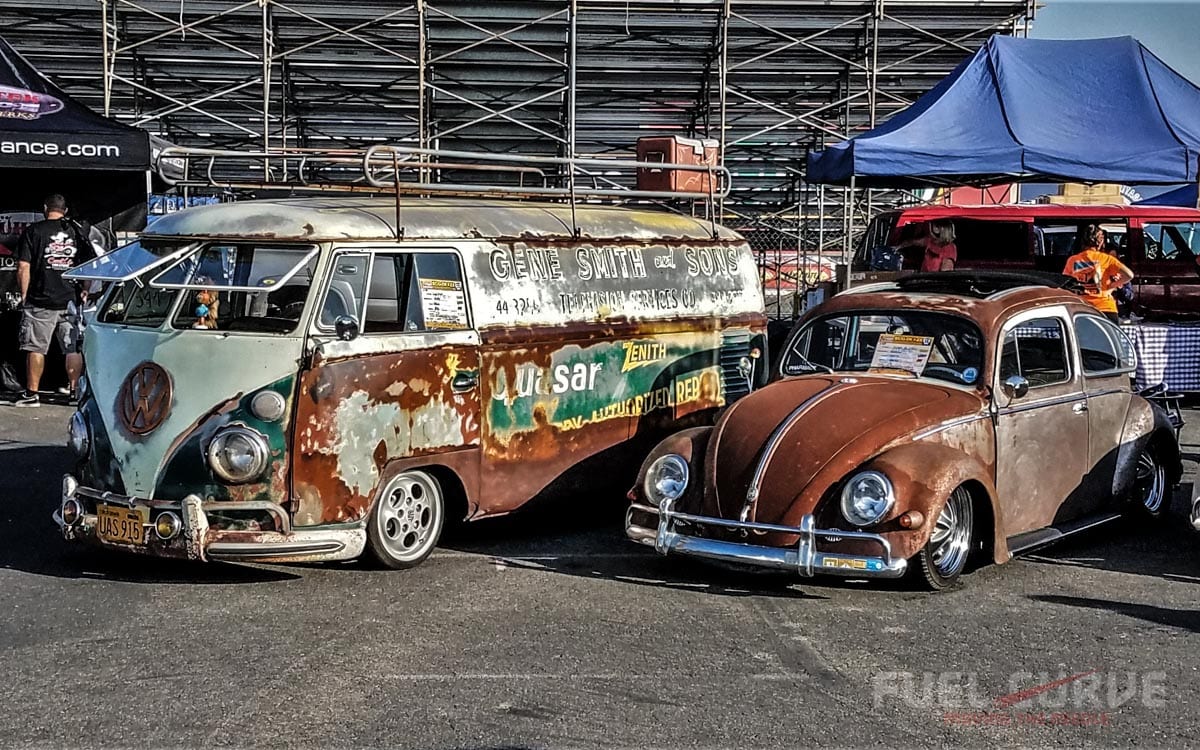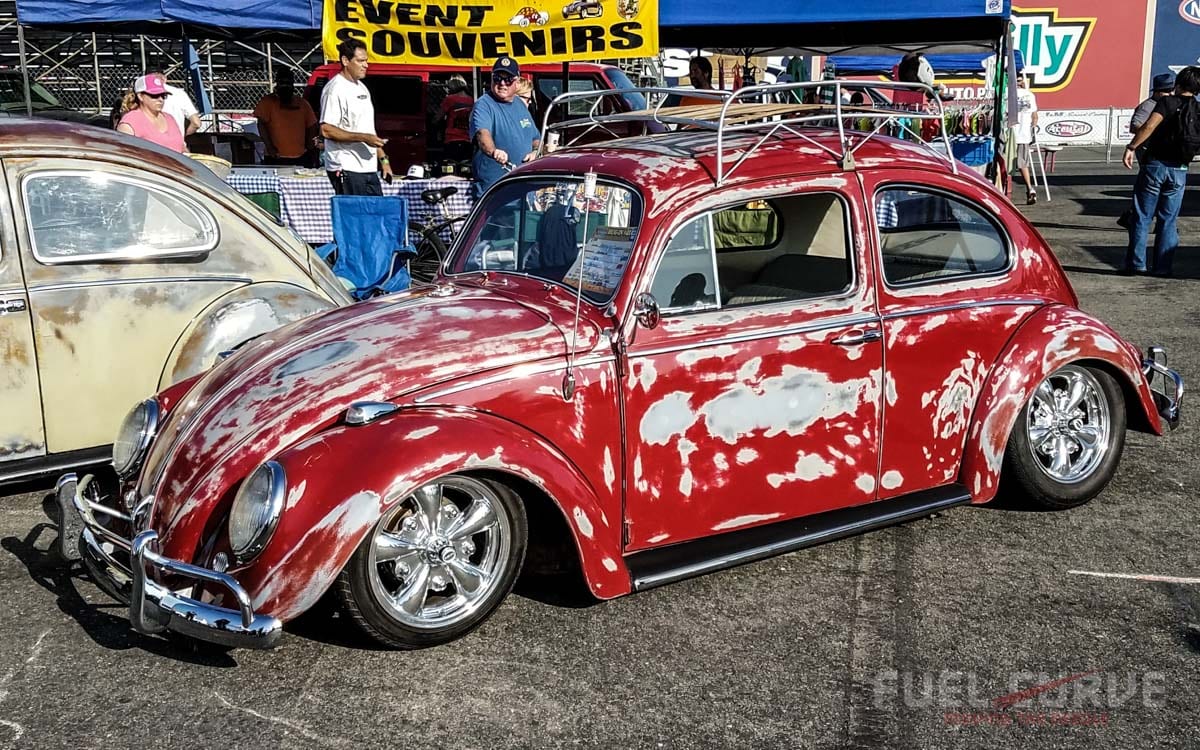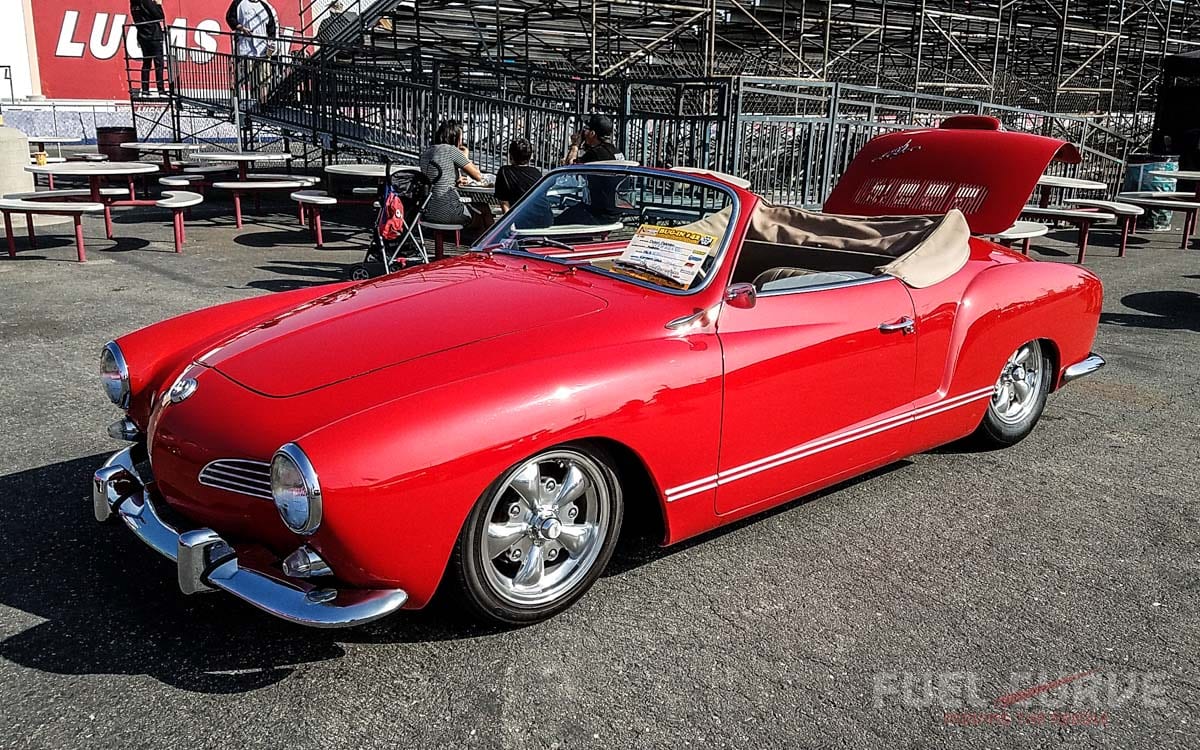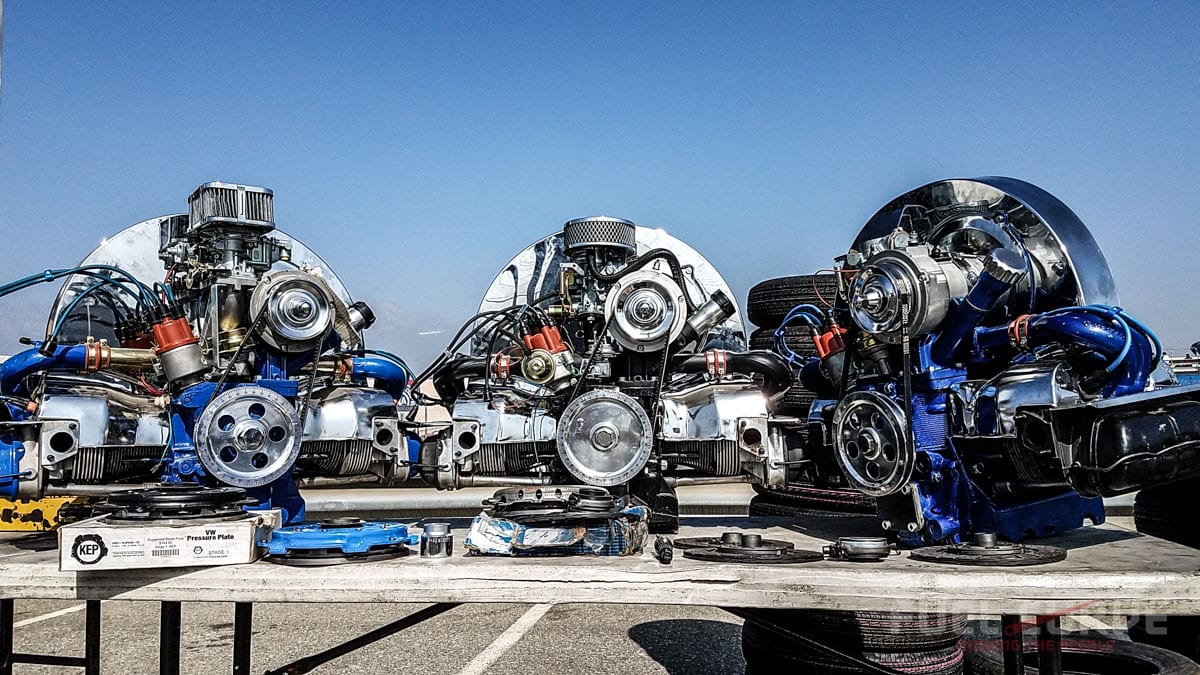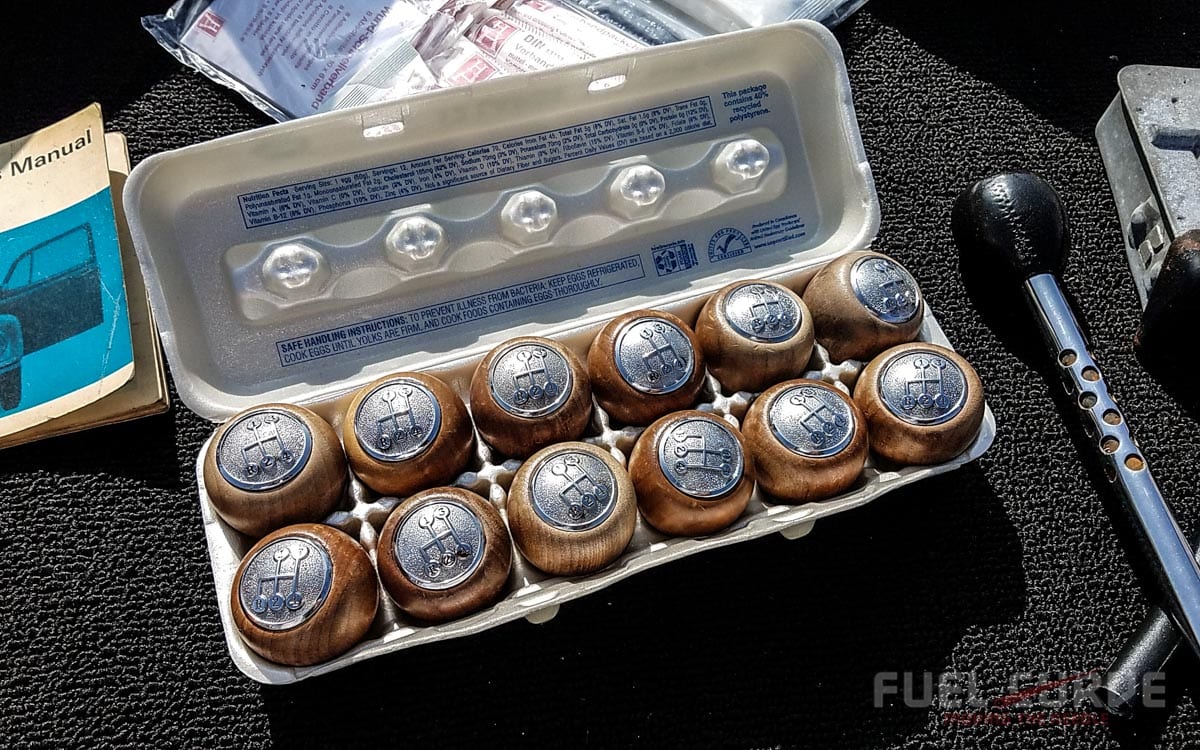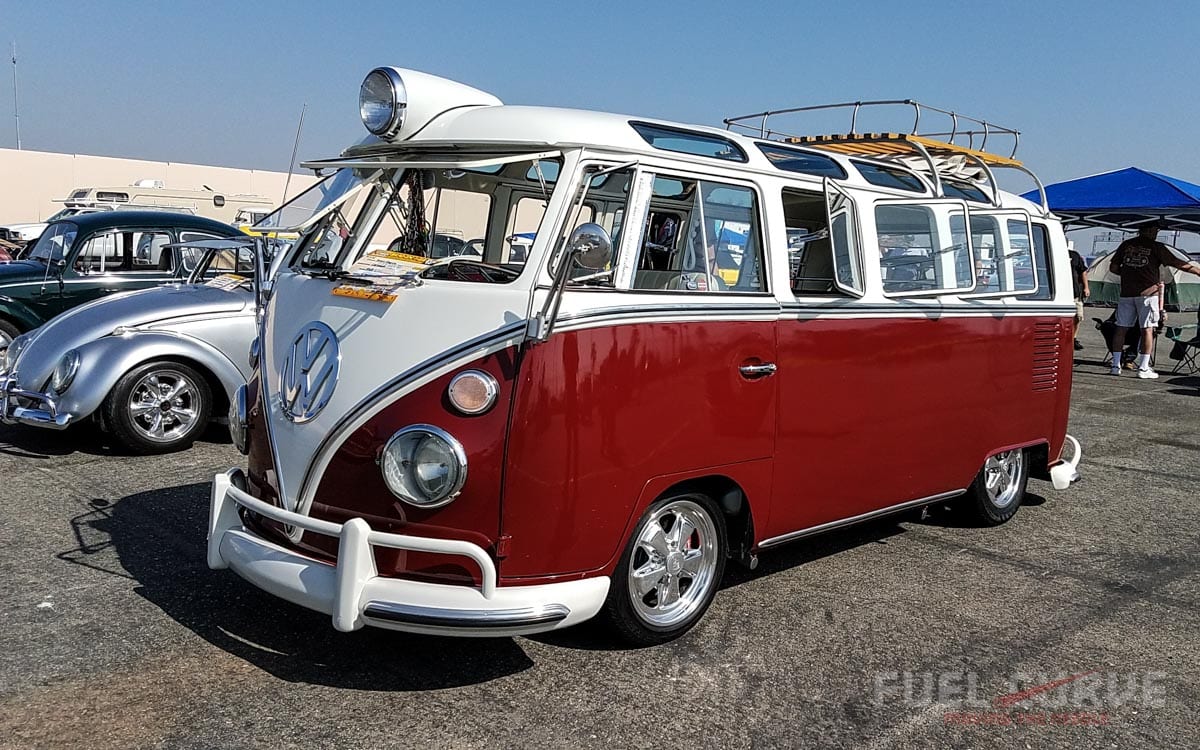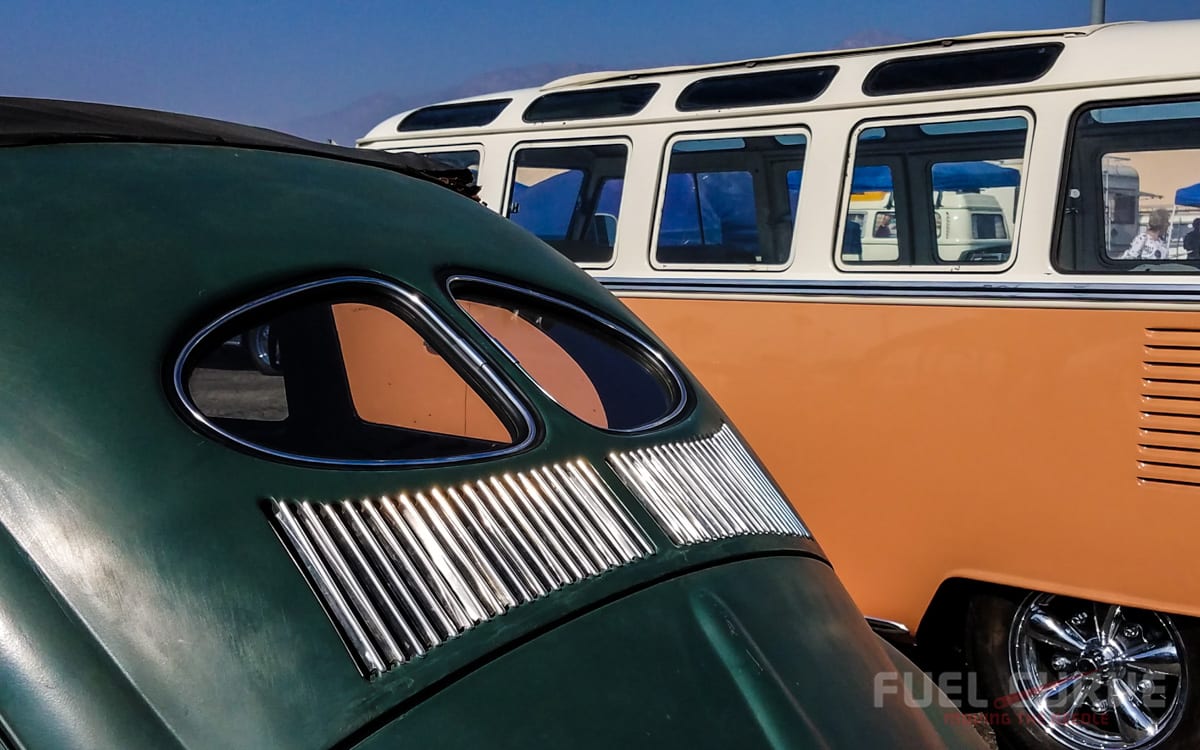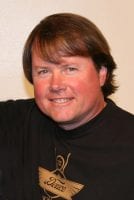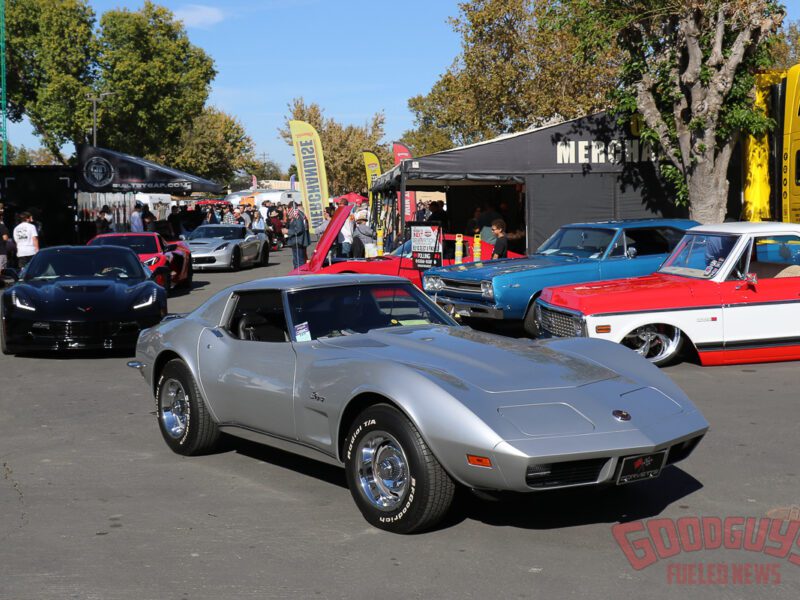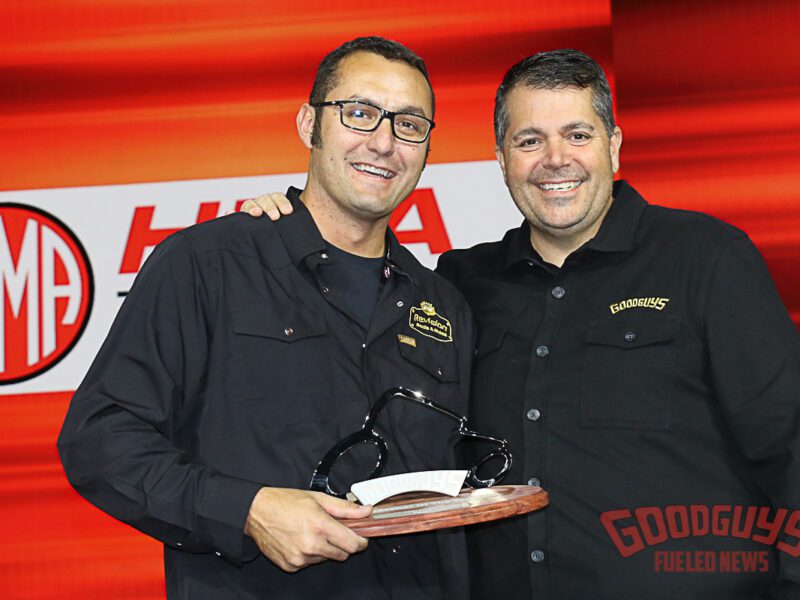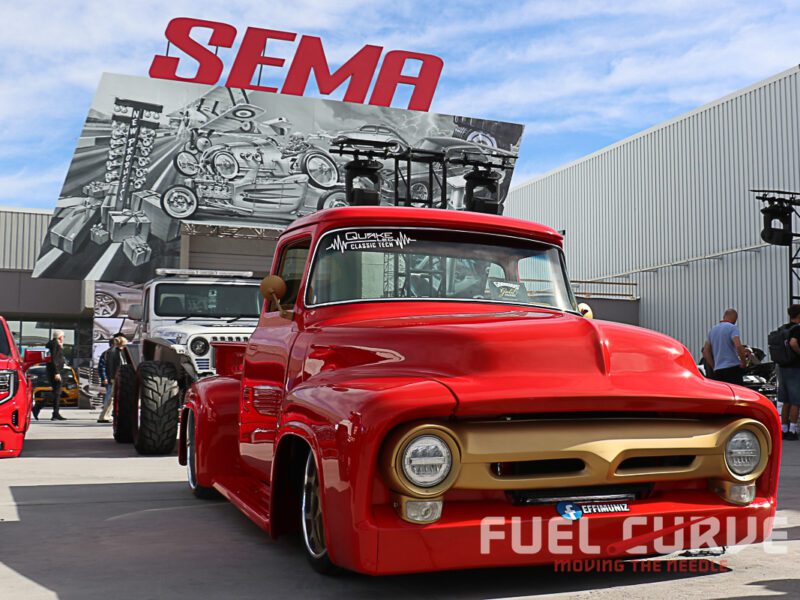BUG IN 42 and the Birthplace of Cal-Look
Bug In 42 at Auto Club Fontana Raceway was a trip down memory lane. There’s a reason why a lowered Volkswagen from the 60s equipped with a 180hp motor and performance wheels tucked up under its fenders is called a “Cal-Look” bug. That style of customized VW got its start in Southern California, and the “California Look” moniker was first coined on the February 1975 cover of Hot VWs magazine. But several years before that, VW fanatics had long been trekking to the Bug-In—a bi-annual event that not only helped shape an industry but also popularized a lifestyle that is still prevalent around the world 50 years later.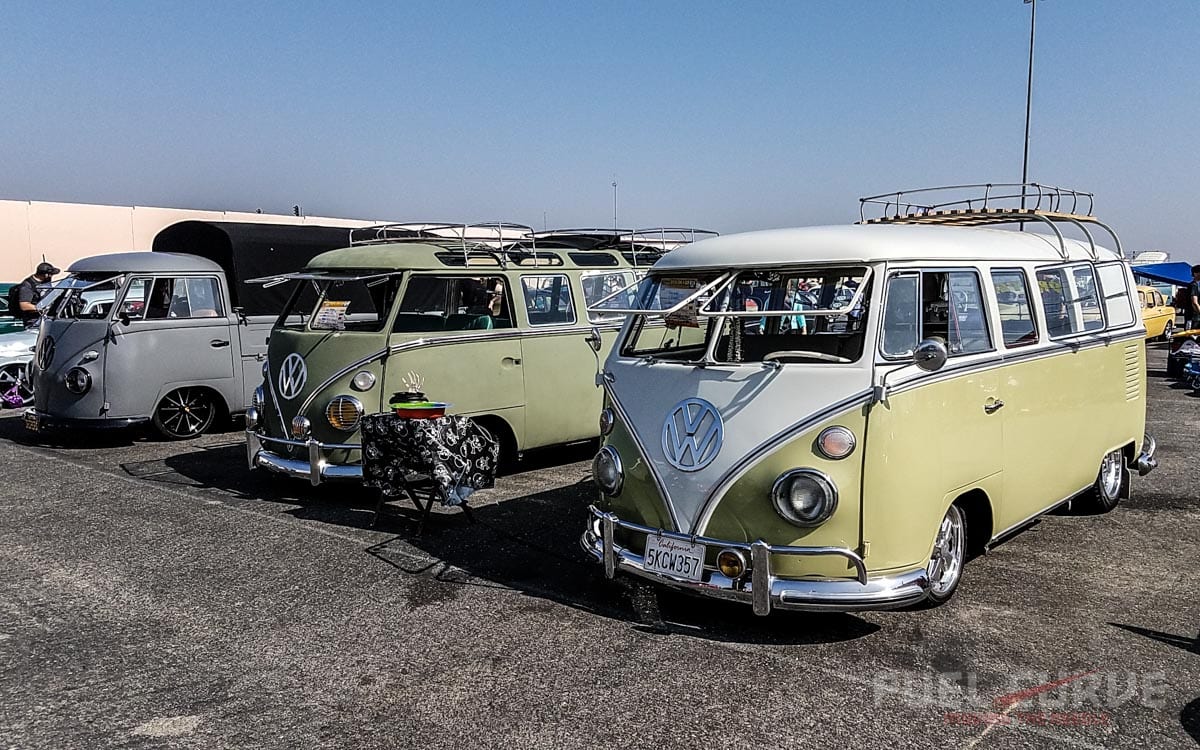
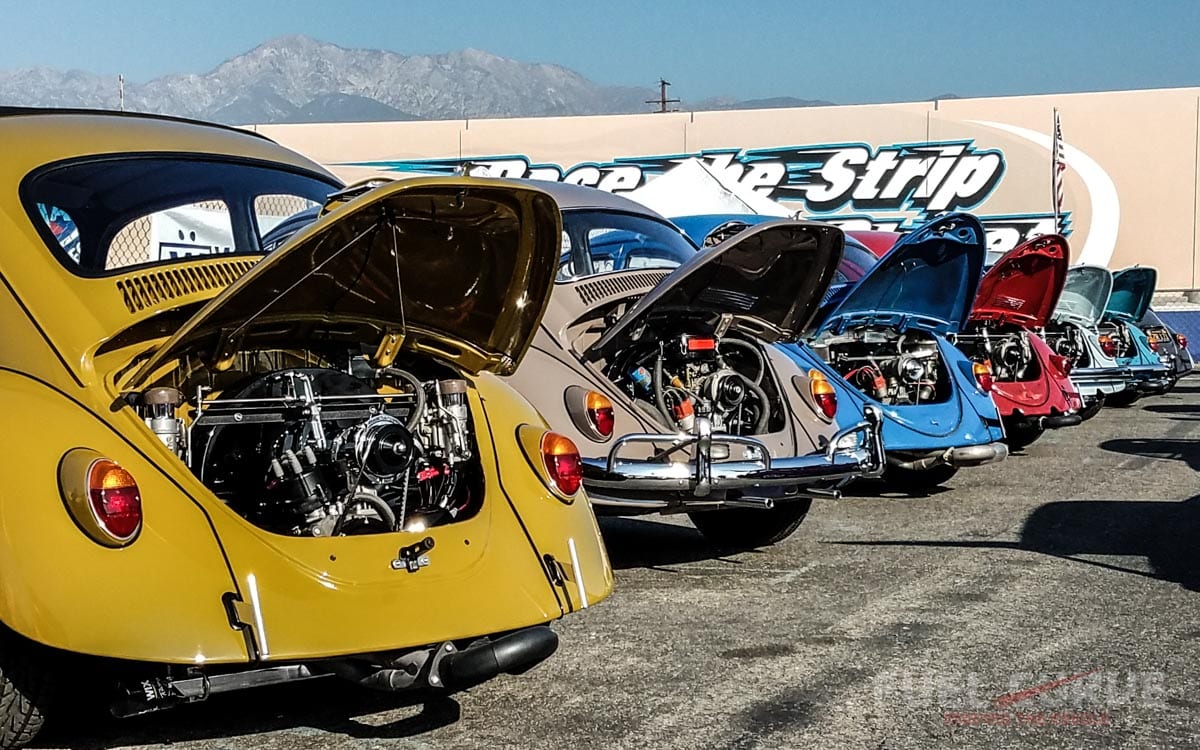
The Bug-In was first held on the grounds of the historic Orange County International Raceway (OCIR) facility in 1968, and soon it became the template for all other VW-related car shows to follow. Each facet of the event—drag racing, a bikini contest, autocross, huge car show, and swap meet—became legendary as it paralleled the popularity of the VW scene in Southern California. The show was held twice a year up until Bug-In 31 on October 9, 1983, when the legendary OCIR track closed its doors forever the following day.
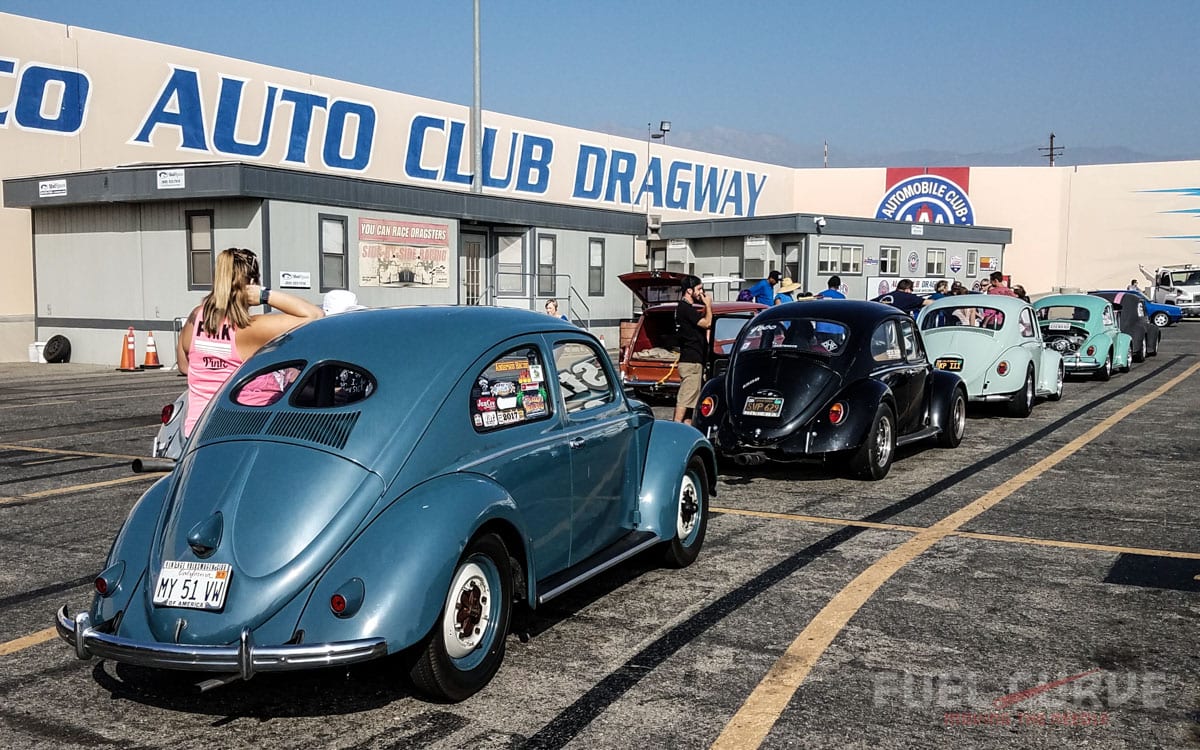
But, if you noticed this event was called Bug-In 42, you wouldn’t have to be a math whiz to know the numbers don’t add up. That’s because through most of the ’80s and all of the ’90s there was no Bug-In held at all, despite the continued popularity of both the custom VW and drag racing scene.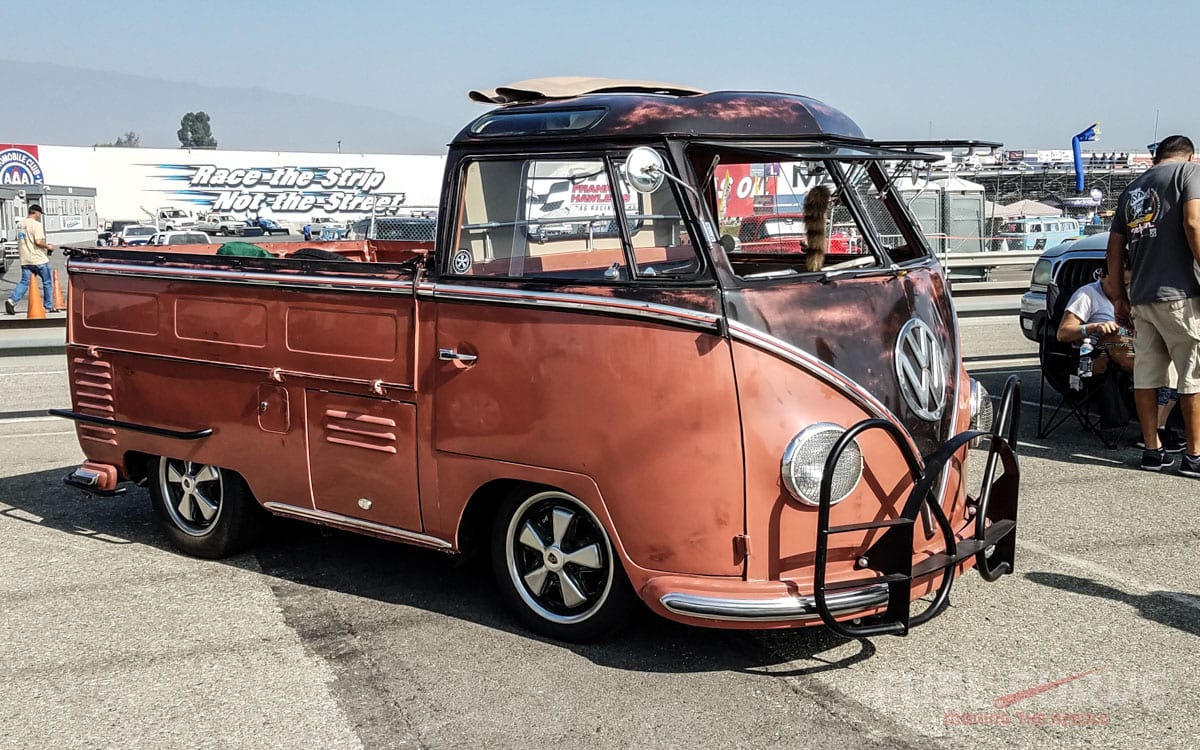
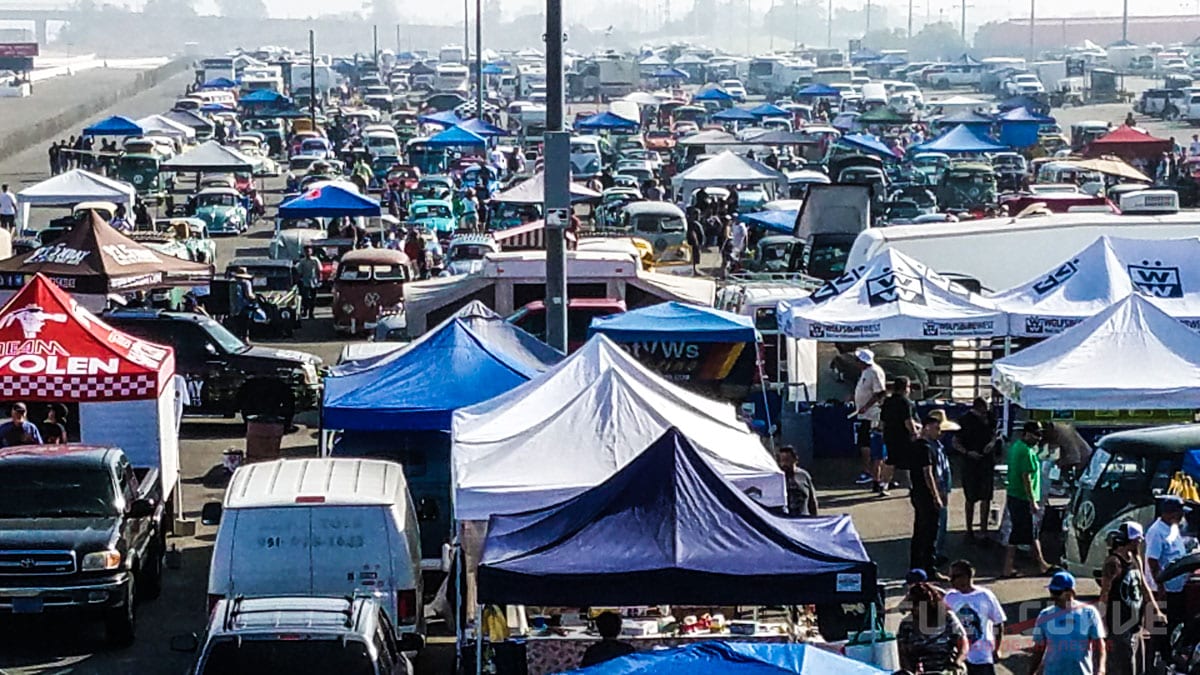
It wasn’t until 2005 rolled around when Bug In 32 was organized by a trio of folks (one of whom ran the original event) revived the show, holding it at the Auto Club Speedway in Fontana. It took until 2008 for Bug-In 33 to happen, and the gathering has been held yearly ever since.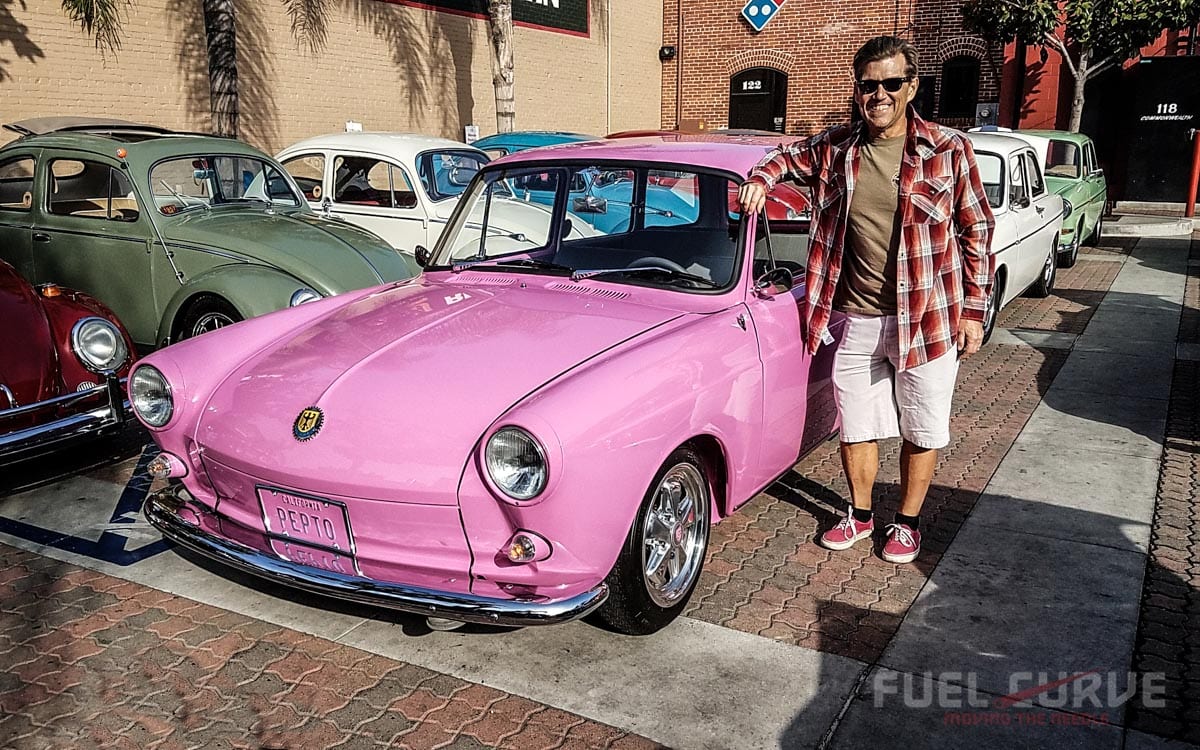
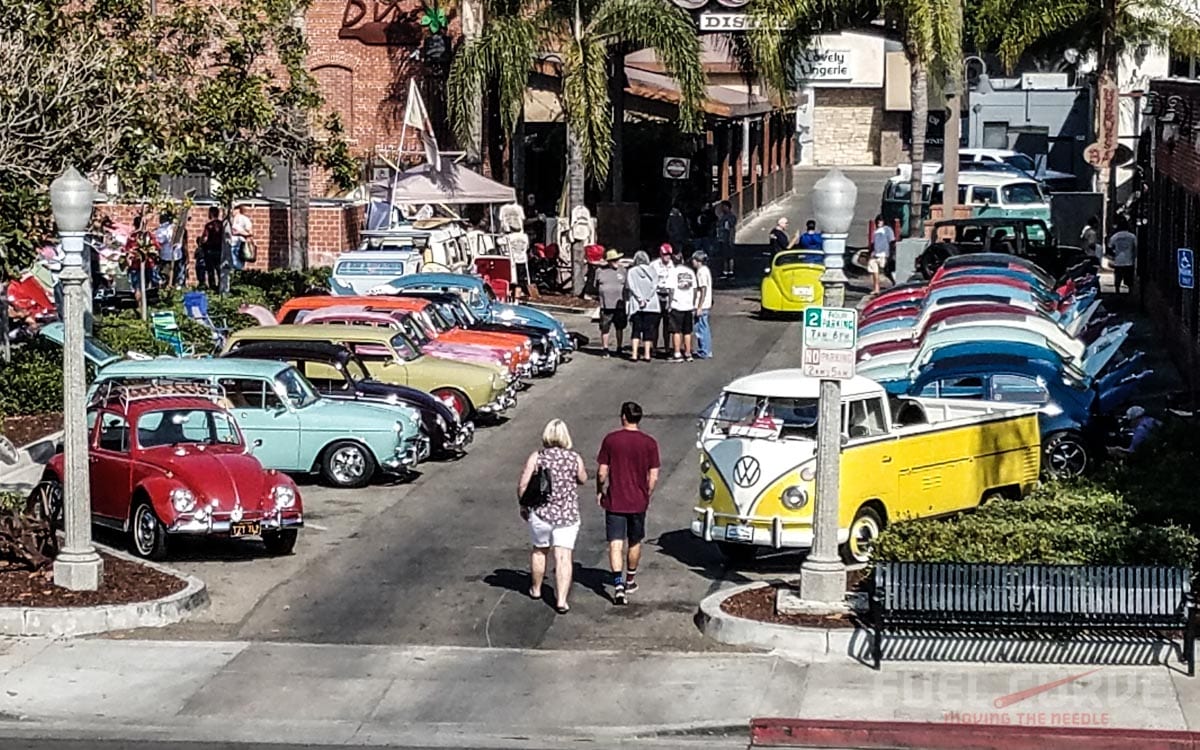
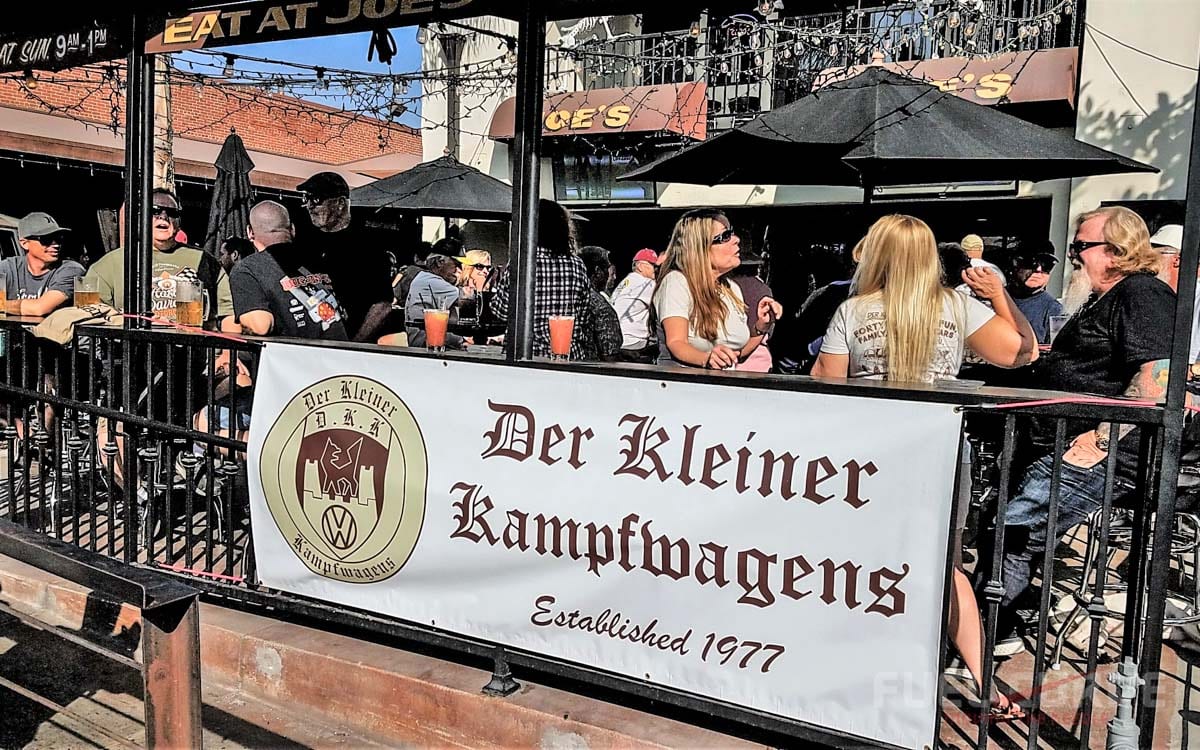
For this event, there was a pre-show gathering in nearby Fullerton hosted by Der Kleiner Kampfwagens (DKK) VW club—one of the more popular associations of VW owners in SoCal, who were celebrating their 40th anniversary at the Bug-In this year. This year’s event had most of the bells and whistles the original show had, though several new types of show cars have been added since 1968 (i.e. the water-cooled VWs), including a special class featuring VWs with both types of patina: Original and Enhanced (the latter highlighting a “created” appearance rather than a natural one). This event is one of the few places you’ll find both the common VW, like the standard sedan (aka Bug) and multi-window buses, but also other types never imported into the country, such as Notchbacks and Type III Ghias.
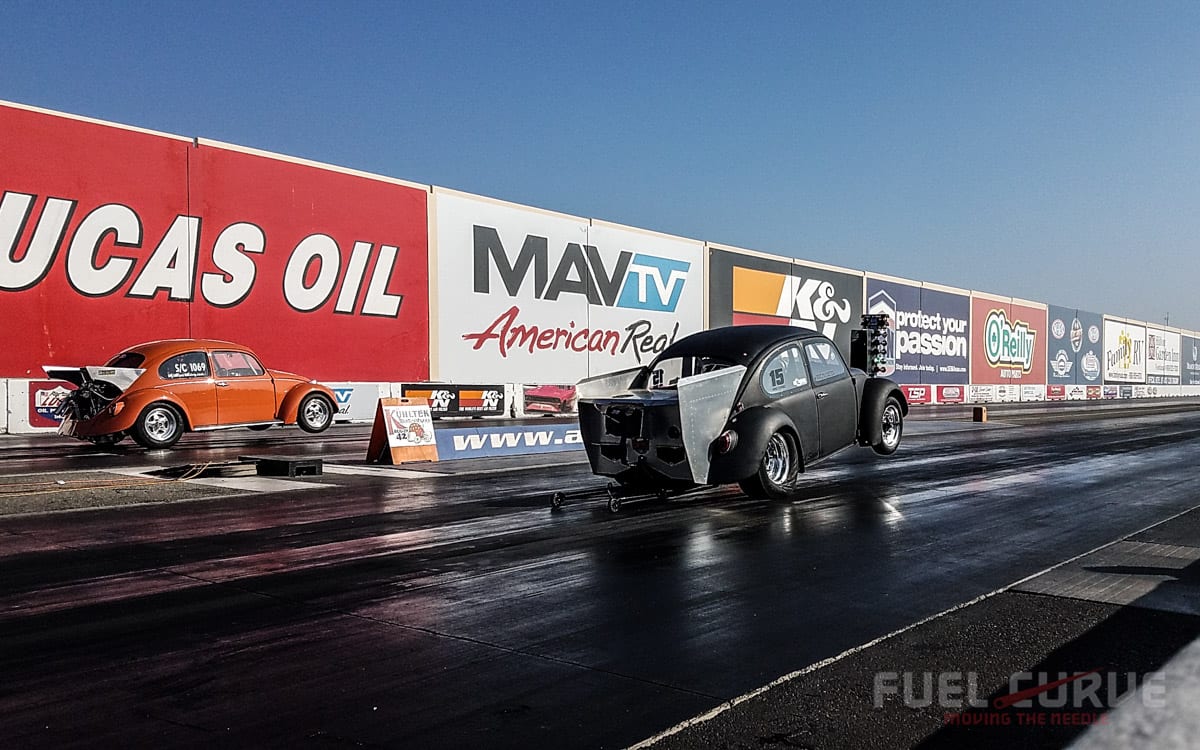
 Drag racing covered both 1/4-mile and 1/8-mile disciplines, depending on what type of racing you wanted to do. There were three classes of bracket racing (the fastest being the 13.49 and Quicker class), a Powder Puff class exclusively for the ladies (though some chose to race the guys in the other classes), and the Pro Eliminator class all running the 1/4-mile. The Super Stock and Outlaw Turbo classes were contested at the 1/8-mile distance.
Drag racing covered both 1/4-mile and 1/8-mile disciplines, depending on what type of racing you wanted to do. There were three classes of bracket racing (the fastest being the 13.49 and Quicker class), a Powder Puff class exclusively for the ladies (though some chose to race the guys in the other classes), and the Pro Eliminator class all running the 1/4-mile. The Super Stock and Outlaw Turbo classes were contested at the 1/8-mile distance.
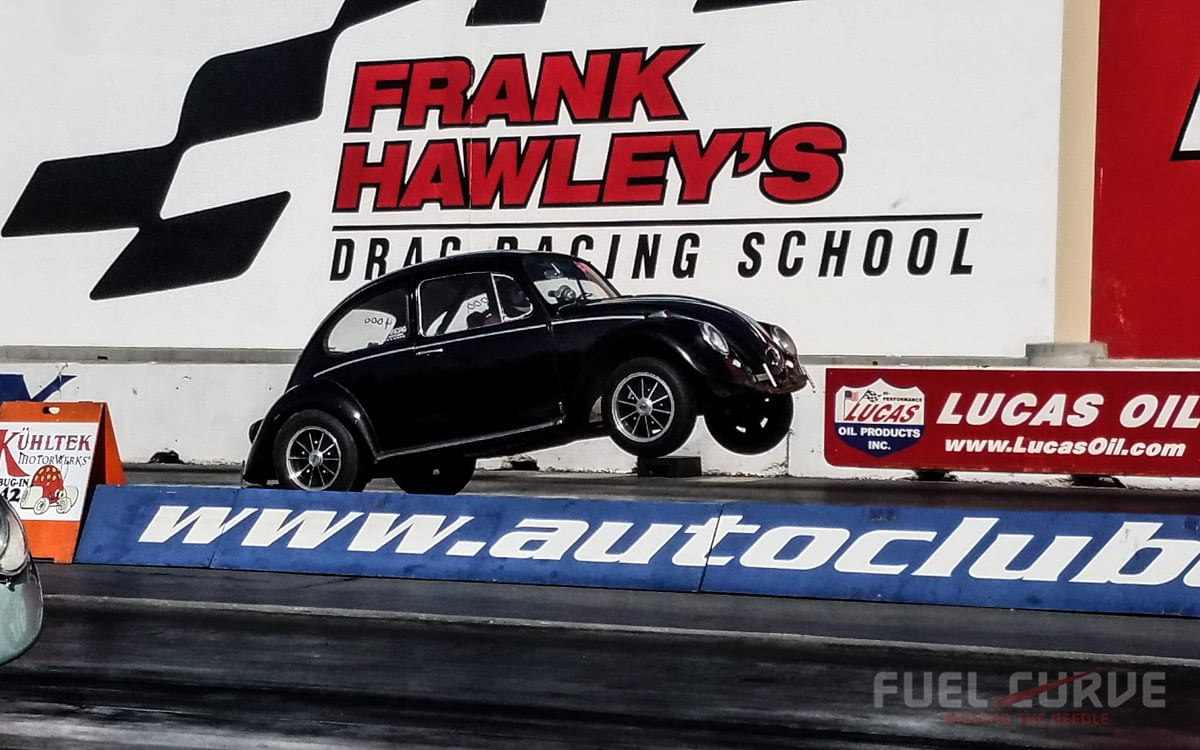
Besides the Powder Puff class, it was an all-woman final in the 13.49 and Quicker final, with Esther Hollister winning with a 12.672/90.24 mph run. The Pro Eliminator final saw an 11.812 ET up against an 11.900 time in the quarter, but the Outlaw Turbo class saw a 6.461/93.39 mph run in the 1/8th mile. Eric Calabrese recorded both the Low ET and Top Speed of the day, making a 5.53-second pass at 126.45 mph on the 1/8-mile track.
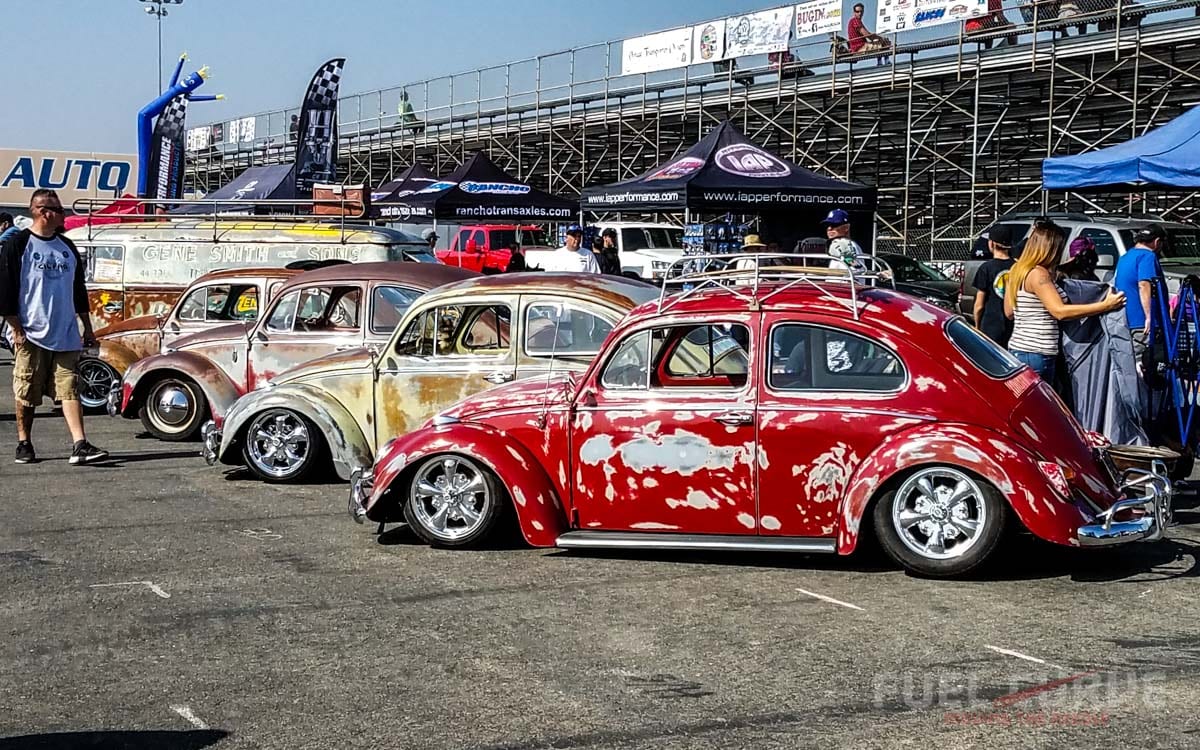 The Bug-In formula has since spread out with similar formats across the country, and migrated to Europe as well (where camping has become a large part of the festivities). The format is a simple one, as the show’s promoter puts it: their mission is to “Bring people together to stare at mobile German antiques,” and the Bug-In is definitely the best way to do just that.
The Bug-In formula has since spread out with similar formats across the country, and migrated to Europe as well (where camping has become a large part of the festivities). The format is a simple one, as the show’s promoter puts it: their mission is to “Bring people together to stare at mobile German antiques,” and the Bug-In is definitely the best way to do just that.
Photo Extra!

